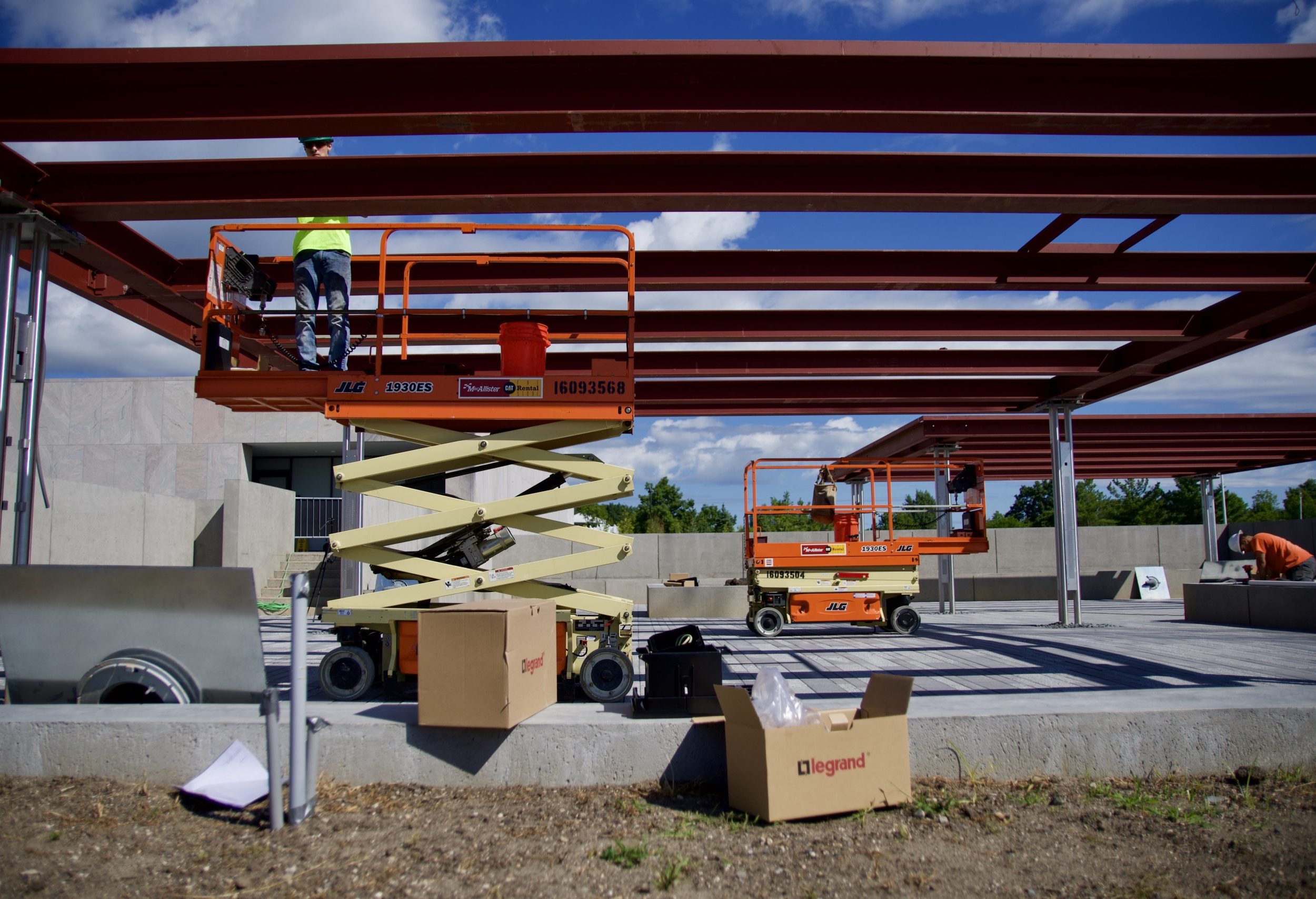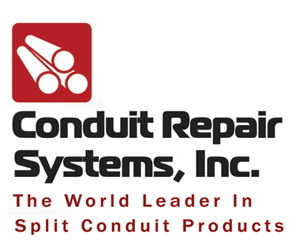Introduction
In an industry that constantly changes as new technologies emerge, it’s crucial that electrical contractors and manufacturers stay up to date with the latest trends in power and connectivity.
Accessible power is a necessity in all spaces, and these days, most commercial spaces are becoming increasingly versatile in their design. This demands an even greater need for available power. Considering the current climate and what may follow, power in unexpected places will be more necessary than ever indoors and out. Beyond that, the need for new technologies, with an increased focus on occupant well-being, will likely drive the design of future commercial spaces.
With this in mind, we caught up with Sabrina Snyder, director of product marketing at Legrand. Our discussion focused on new technologies and new spaces for insights on trends, especially the impact of recent global events that will shape the demand for power and new technologies in the year ahead.
Power Everywhere
Over the past few years, an increase in mobile devices has driven the demand for power everywhere, with consumers expecting it to be delivered at their fingertips. Easy access to power has become top of mind for American workers, especially in a time when people are working from makeshift offices and other locations that might not offer convenient access to power. But what we really need to consider is what’s to come when offices and commercial spaces eventually reopen. The demand for power in unconventional spaces will likely increase as social distancing guidelines will be maintained. More space equals more options for power.
Legrand offers a wide range of solutions including furniture power units, tabletop power units and even newly developed power pedestals built for outdoor use.
For example, the new Desktop Power Center Slim with USB-C from Legrand offers convenient and accessible power with charging capabilities to accommodate the latest devices via USB-C ports. They’re perfect for quick and easy installation in spaces that need to adapt rapidly to changing environments and employee needs—even home offices, workstations and other flexible areas. The product can be installed on desks, tabletops and workstations in commercial or residential spaces. It mounts directly to surfaces (horizontally or vertically) to keep unsightly cord clutter at bay and is equipped with a six-foot cord that easily reaches walls and floors. Available in two configurations with the USB-C port– either three power outlets with both USB-A and USB-C ports, or two power outlets with USB-A and USB-C ports—to accommodate evolving power needs.
Looking past indoor power demands, the outdoors will also likely become a more commonly used workspace as it’s another option to maintain distance from coworkers. Legrand offers a hardwired option for new construction or full renovations and a retrofit option for quicker installation, the Outdoor Charging Station and the Solar Charging Kit. Both products offer permanent outdoor power via USB charging ports.
Touchless Technology
Another commercial design shift to consider is the increased demand and reliance on touchless technology. With the government suggesting that the threat of the coronavirus could extend well beyond this year, there are simple and smart ways designers, builders and contractors can upgrade spaces to help prevent the spread of germs in the workplace. In fact, one simple way to eliminate the spread of bacteria is to update the office space’s most frequently touched but often overlooked surfaces: the light switches.
The innovative Wave Switch from the adorne® collection by Legrand is a touchless tech option that allows employees to turn lights on/off with the wave of a hand — preventing germs from spreading to other surfaces and onto hands. Other solutions to consider include touchless faucets and soap dispensers for office kitchens and bathrooms, and there’s even voice-activated devices to eliminate germs spreading on various tech devices.
Conclusion
Although no one can say for certain how the future will look, it is likely that the needs of commercial spaces will be vastly different and it’s best to prepare to adapt. After all, the first step is recognizing how to adapt — and that conversation can start now. It’s important for power solutions to be flexible enough to quickly install and uninstall. When they are, facilities can move connections to meet future needs, however they may shift due to new regulations and trends. No matter where these changes take us, the need for convenient power connections won’t be far behind.





